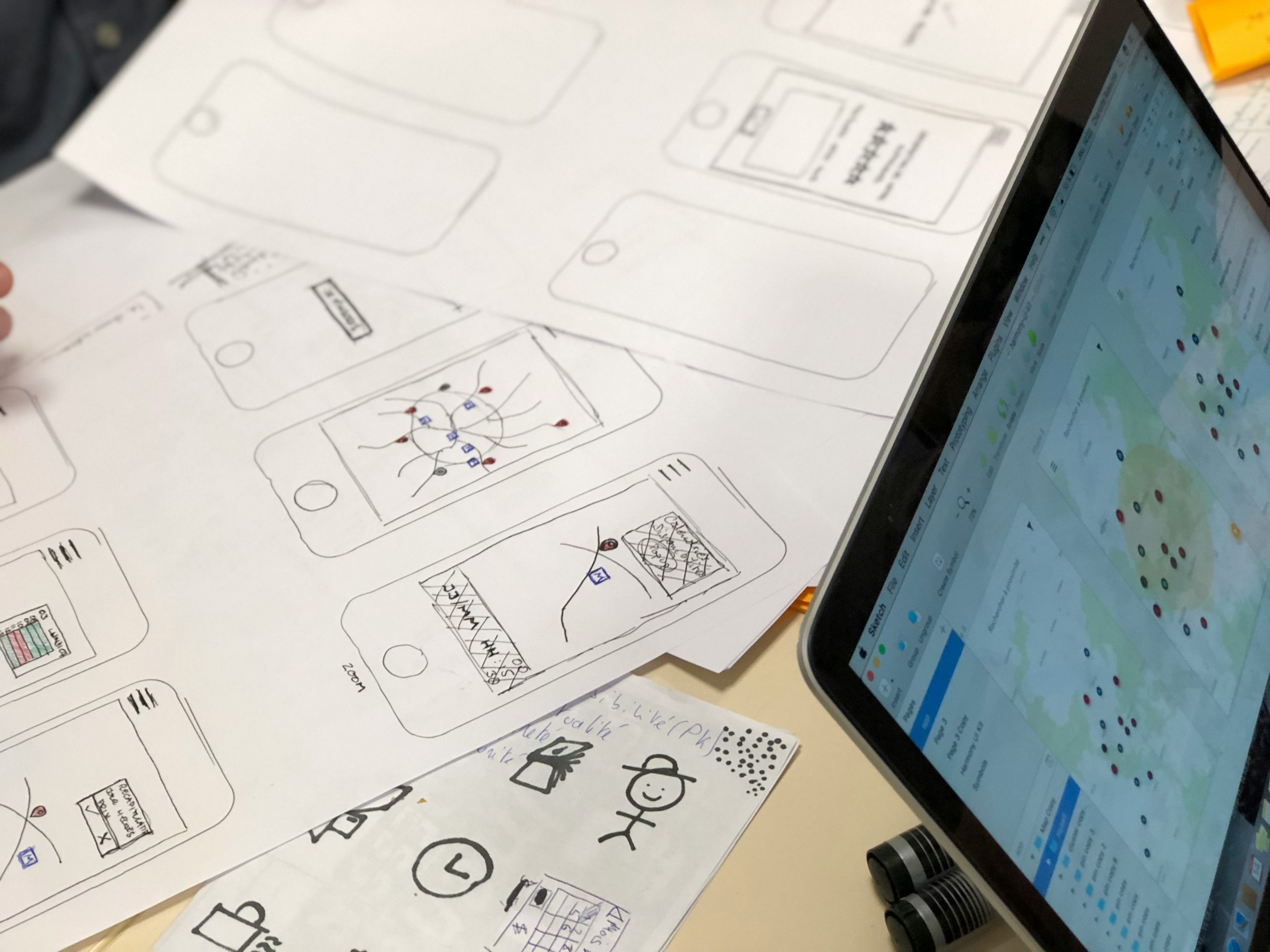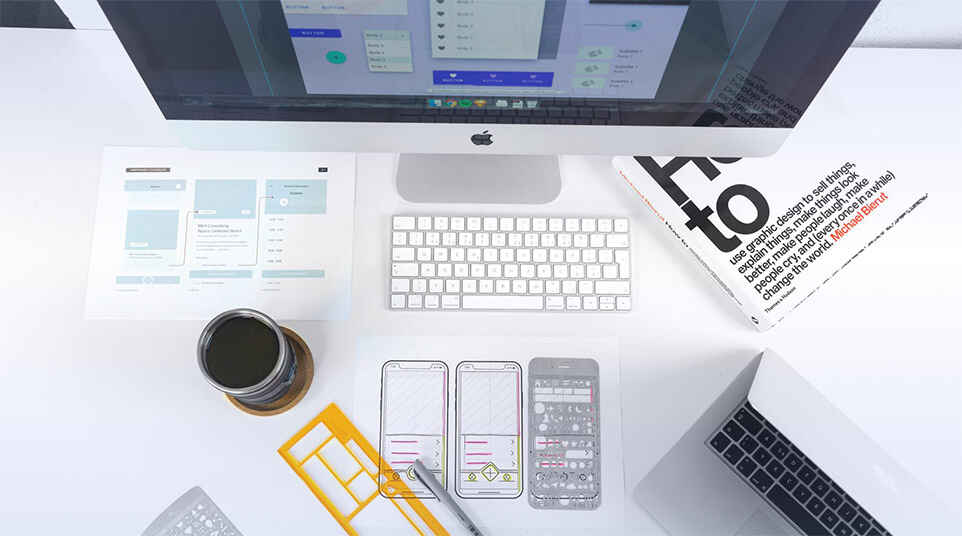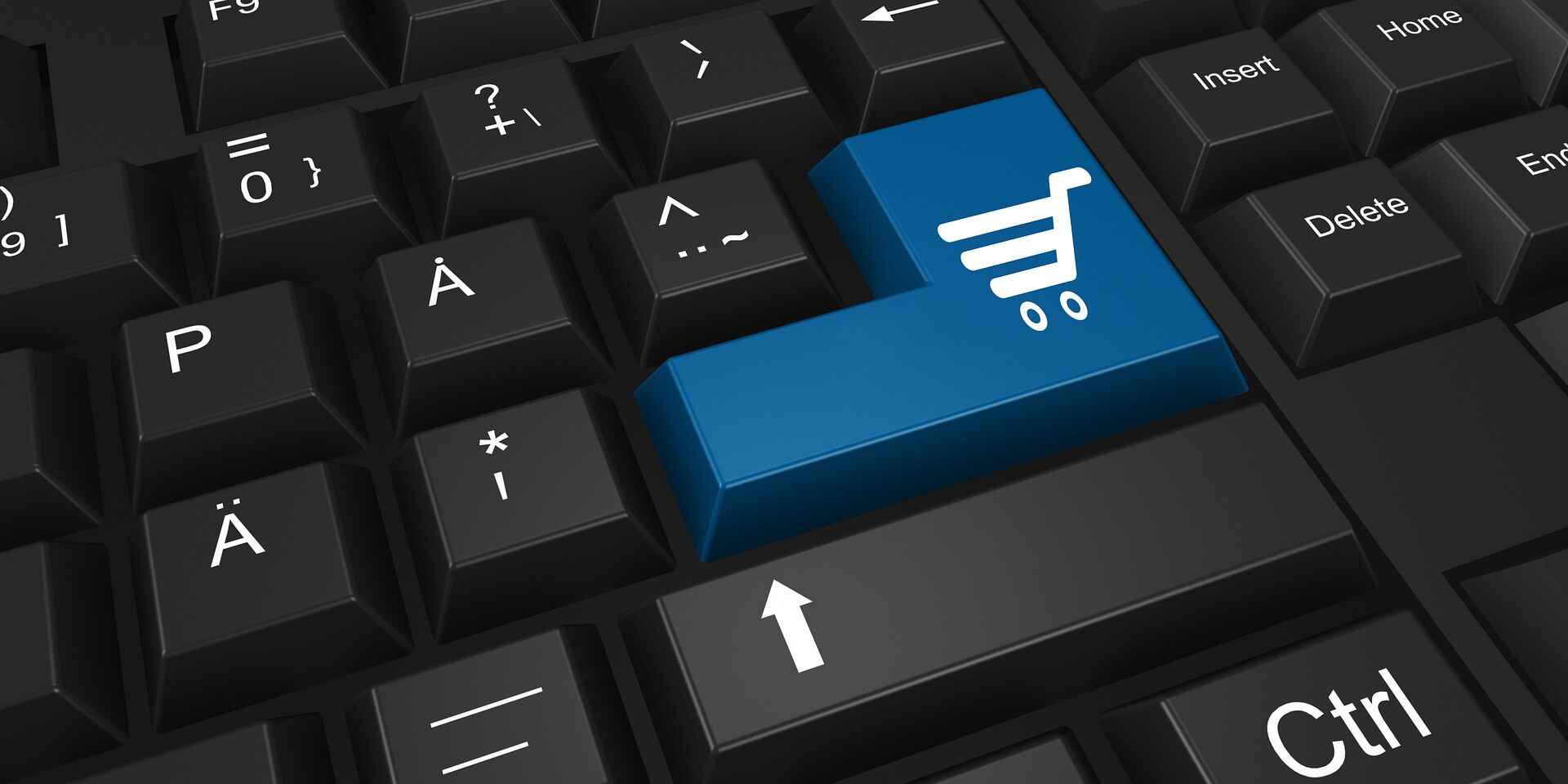In today’s rapidly evolving digital landscape, achieving a seamless user experience (UX) has become an essential aspect of any successful software development project. As businesses strive to deliver intuitive and user-centric products, the debate between in-house and external UX design has taken center stage. The question remains: which approach is more effective? In this article, we will explore the fundamentals of UX design, discuss the pros and cons of both in-house and external design, compare the two approaches, and help you make an informed decision for your business.
Understanding UX Design
At its essence, User Experience (UX) design revolves around elevating user satisfaction by refining usability, accessibility, and the overall joy derived from interacting with a product. This intricate process requires a profound understanding of user behavior, psychology, and preferences, emphasizing the creation of meaningful and delightful experiences. One paramount principle steering UX design is the user-centered approach, placing user needs and goals at the forefront of every design decision. By prioritizing the user, designers ensure the final product not only meets expectations but also delivers a positive and fulfilling experience.
Usability stands out as a critical facet of UX design; a product’s aesthetic appeal notwithstanding, if it proves challenging to use or comprehend, it fails to provide a satisfactory user experience. Usability centers on crafting intuitive and navigable products, ensuring users can efficiently complete tasks without unnecessary frustration. In the contemporary digital landscape, where users possess an array of options, exceptional UX design has evolved into a competitive advantage. Prioritizing UX not only boosts customer satisfaction but also propels engagement, conversion rates, and fosters brand loyalty, establishing it as a crucial consideration for businesses striving to stay ahead in the market.
The evolution of digital technologies has transformed the way users interact with products and services, necessitating seamless experiences across diverse devices and platforms. This shift in user expectations underscores the heightened importance of UX design. Positive interactions can lead to customer loyalty and advocacy, while negative experiences may result in frustration, abandonment, and negative word-of-mouth. Thus, investing in UX design becomes not only about meeting user expectations but safeguarding a business’s reputation and ensuring its sustained success.
Moreover, UX design plays a pivotal role in driving conversions and revenue. By optimizing the user journey and eliminating barriers or friction points, businesses can enhance conversion rates and generate more sales. A well-crafted user interface guides users through desired actions, facilitating purchases or task completion. To conclude, UX design, as a multidisciplinary field amalgamating psychology, design, and technology, is indispensable for creating exceptional user experiences. Businesses that prioritize UX design are better positioned to succeed and thrive in the fiercely competitive landscape of the digital age.
In-house UX Design
Defining In-house UX Design
When it comes to in-house UX design, companies establish dedicated internal teams responsible for designing and implementing the user experience of their products. These teams typically consist of UX designers, researchers, and developers who collaborate closely to create seamless and intuitive user interfaces.
In-house UX design is a strategic approach that allows companies to have full control over the design process. By having an internal team, companies can ensure that the user experience aligns with their brand identity and business objectives. This level of control enables companies to create unique and tailored experiences that resonate with their target audience.
Benefits of In-house UX Design

One of the main advantages of in-house UX design is the ability to have constant collaboration and communication between the design team and other departments within the company. This fosters a deeper understanding of the company’s goals, values, and target audience, enabling the design team to tailor the user experience accordingly.
Furthermore, in-house teams have the advantage of easier access to company-specific resources, data, and expertise. They can tap into the knowledge of subject matter experts from various departments, such as marketing, sales, and customer support, to gain valuable insights that can inform the design decisions. This collaborative approach ensures that the user experience is not only visually appealing but also aligns with the company’s overall strategy.
Challenges of In-house UX Design
While there are advantages, in-house UX design also presents challenges:
- Recruitment and Talent Retention: Establishing and maintaining an in-house team requires substantial investments in recruiting, training, and retaining skilled UX designers with industry-specific knowledge.
- Workload Management: Constant demand for UX design expertise may lead to stretched resources and longer development cycles, requiring effective workload management to avoid compromising the quality of the user experience.
- Continuous Learning: In-house teams must stay updated on the latest design trends, technologies, and research methodologies, necessitating continuous learning and professional development to remain competitive and deliver innovative user experiences.
In conclusion, in-house UX design offers companies the advantage of having full control over the design process and fostering collaboration across departments. However, it also requires significant investments in talent and resources, as well as the ability to manage multiple projects effectively. By addressing these challenges, companies can leverage in-house UX design to create exceptional user experiences that drive customer satisfaction and business success.
External UX Design
What is External UX Design?
External UX design involves collaborating with third-party design agencies or freelancers to handle the UX design aspects of a project. These external experts bring their unique set of skills and perspectives to create user experiences that meet the client’s requirements. By leveraging the expertise of external designers, businesses can ensure that their products or services are designed with a focus on usability, accessibility, and overall user satisfaction.
When engaging in external UX design, companies have the opportunity to tap into a diverse talent pool of experienced designers. These designers often have a wealth of knowledge and expertise gained from working on various projects across different industries. Their exposure to different design challenges and user needs allows them to bring fresh perspectives and innovative ideas to the table.
Advantages of External UX Design
External UX design offers several benefits, especially for companies that may not have the resources or expertise to build an in-house team. By outsourcing UX design, businesses gain access to a diverse talent pool of experienced designers without the overhead costs associated with maintaining an internal team. This cost-effectiveness allows companies to allocate their resources more efficiently, focusing on other core aspects of their business.
Furthermore, external designers often bring fresh perspectives and industry best practices, injecting innovation into the design process. Their external viewpoint can help identify blind spots or missed opportunities that an internal team may overlook. By collaborating with external experts, companies can ensure that their products or services are designed with the latest trends and user expectations in mind.
Potential Drawbacks of External UX Design
However, external UX design is not without potential drawbacks:
- Communication Challenges:
- Distance and time zone differences between the client and the external UX design team can lead to communication challenges. Establishing effective communication channels and project management processes is crucial to overcome these hurdles and ensure smooth collaboration.
- Learning Curve for Company Vision and Culture:
- External teams may face a learning curve to understand the client company’s unique vision, culture, and target audience. This understanding is essential for designing user experiences that align with the company’s brand identity. The initial time investment required for this familiarization process can impact the efficiency and effectiveness of the design process.
Despite these potential drawbacks, the benefits of external UX design, such as leveraging expertise and fresh perspectives, often outweigh the challenges. Businesses can enhance the quality of their user experiences by collaborating with external designers, ultimately driving customer satisfaction and loyalty.
Comparing In-house and External UX Design
Cost Comparison
When it comes to costs, in-house UX design requires significant upfront investments in hiring and maintaining a dedicated team, along with ongoing training and development. This means that companies need to allocate a substantial budget for salaries, benefits, and office space to accommodate the in-house team. Additionally, the company may need to invest in specialized software and tools to support the design process.
On the other hand, external UX design offers a more flexible cost structure. Companies only pay for the duration of the project or the specific services rendered. This can be advantageous for businesses with limited budgets or those that have fluctuating design needs. By outsourcing UX design to external agencies or freelancers, companies can avoid the long-term financial commitment of maintaining an in-house team.
Furthermore, external UX design can also provide cost savings in terms of expertise. By hiring external experts, companies can tap into a pool of highly skilled professionals without having to invest in their training and development. This can be particularly beneficial when businesses require specialized skills or need to quickly adapt to new design trends and technologies.
Quality and Innovation Comparison
In terms of quality and innovation, both approaches have their strengths. In-house UX design allows for greater control and immediate feedback, leading to more tailored experiences aligned with the company’s goals. With an in-house team, businesses can closely collaborate with designers, ensuring that the design reflects the company’s brand identity and values. This level of control can result in a more cohesive and consistent user experience across different products and platforms.
External design teams, however, often bring fresh perspectives and industry insights to the table. By working with external designers, companies can benefit from their diverse experiences and exposure to different industries and design practices. These external experts can introduce new ideas and innovation to the product, pushing the boundaries of what is possible and helping the company stay ahead of the competition.
Moreover, external designers can also provide valuable benchmarking and competitive analysis. By studying the user experiences of competitors and industry leaders, external designers can identify areas for improvement and suggest innovative solutions. This outside perspective can be particularly valuable for companies that are looking to differentiate themselves in a crowded market.
Flexibility and Control Comparison
Flexibility and control differ between the two approaches. With an in-house team, businesses have full control over the design process and can iterate quickly based on internal feedback. This level of control allows companies to align the design with their specific business objectives and make changes on the fly as market conditions evolve.
External designers, on the other hand, provide companies with the flexibility to scale resources up or down based on project requirements. This can be particularly beneficial for businesses that experience fluctuating design needs or have limited resources. By outsourcing UX design, companies can quickly access specialized skills and expertise without the need for long-term commitments.
Additionally, external designers can bring a fresh perspective and inject new ideas into the design process. Their objective viewpoint can challenge existing assumptions and push the boundaries of creativity. This can lead to more innovative and user-centric solutions that may not have been possible with an in-house team.
In conclusion, both in-house and external UX design have their own advantages and considerations. The decision ultimately depends on the specific needs and resources of the company. While in-house design offers greater control and immediate feedback, external design brings fresh perspectives and flexibility. By carefully evaluating the cost, quality, innovation, flexibility, and control factors, businesses can make an informed decision on which approach is best suited for their UX design needs.
How to Choose for the Business?
Factors to Consider
When deciding between in-house and external UX design, consider the specific needs and resources of your business. Factors such as budget, timeline, required expertise, and the nature of your project should guide your decision-making process.
It is important to carefully evaluate your business needs before making a decision. Take the time to assess your company’s long-term goals and how UX design fits into your overall strategy. Consider whether your business would benefit from having a dedicated in-house team or if outsourcing the UX design tasks would provide the necessary expertise while allowing you to focus on core competencies.
Evaluating Your Business Needs
Assessing your business needs is crucial in making an informed decision. Take into account the specific requirements of your projects and determine the level of expertise needed to achieve your goals. Consider the complexity of your design tasks and whether they require ongoing support or are project-based.
By evaluating your business needs, you can determine whether an in-house team is the right choice. Having an in-house team can provide you with more control over the design process and allow for better collaboration with other departments. However, it also requires a significant investment in hiring, training, and maintaining a team of UX designers.
Long-term Implications and Sustainability
When making a decision about UX design, it is essential to consider the long-term implications and sustainability of your choice. Building an in-house team can be more sustainable in the long run if your business requires continuous UX design support. It allows you to have dedicated resources that can adapt to your evolving needs and provide ongoing design improvements.
On the other hand, if your design needs are project-based or fluctuate over time, leveraging external UX design expertise could be a cost-effective and efficient solution. Outsourcing allows you to tap into a pool of specialized talent without the need for long-term commitments. This flexibility can be particularly advantageous for businesses with limited budgets or those that need to scale their design efforts up or down based on demand.
Ultimately, the choice between in-house and external UX design depends on your unique business circumstances. Carefully consider the factors mentioned above and weigh the pros and cons of each option. By making an informed decision, you can ensure that your business receives the UX design support it needs to thrive in today’s competitive market.
Conclusion
Ultimately, the effectiveness of UX design depends on how well it aligns with your business goals and resources. In some cases, a hybrid approach that combines in-house and external UX design may offer the best of both worlds. This allows you to leverage the benefits of internal collaboration and expertise while utilizing external perspectives and specialized skills when needed.
As technology continues to evolve, user expectations will continue to increase. Whether you choose in-house or external UX design, it is crucial to prioritize user-centric design and continuously adapt to changing trends and needs. We at WeSoftYou understand the importance of delivering exceptional user experiences and have a proven track record in software development. Contact us today for a free consultation or project estimation to see how we can help elevate your UX design game.
FAQ
UX design focuses on improving user satisfaction by enhancing the usability and accessibility of products through a deep understanding of user behavior and preferences.
In-house teams offer better collaboration, easier access to company-specific resources, and a deeper understanding of the company’s goals and target audience.
External UX design provides access to a diverse talent pool, fresh perspectives, and potential cost savings by avoiding upfront investments in an internal team.
Yes, combining in-house and external UX design can offer the advantages of both approaches, allowing for greater flexibility and specialized expertise when needed.





![How To Hire Blockchain Developers [Guide], image #7 - WeSoftYou How To Hire Blockchain Developers [Guide], image #7](https://wesoftyou.com/wp-content/uploads/2023/01/0-Hire-Blockchain-Developers_-Find-and-Choose-Your-Trusted-Crypto-Devs-Cover-Image.png)















